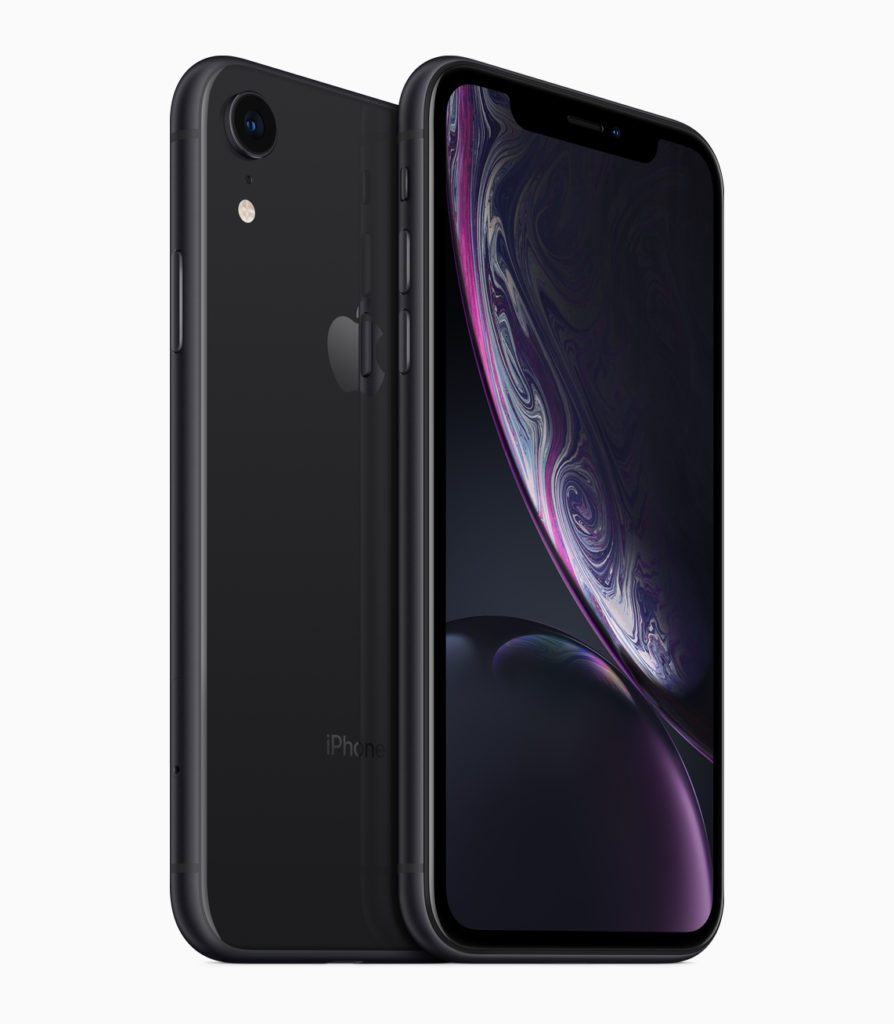Most users rely on iCloud to back up their iPhones. But sometimes, you want to back up your iPhone to your Mac.
Here are the steps to securely back up your iPhone to your Mac.
Why Back Up Your iPhone to a Mac
When the iPhone came out, you only had the Mac as a backup location. Plugging your iPhone into your computer started a transfer of information from your Mac to your iPhone, and your computer would make a local backup. But then came iCloud and iCloud backup. All of your backups moved to the cloud, and this happened every night when you plugged in your iPhone.
But there might be a time when you want a local backup of your iPhone or iPad.
If you plan on installing any of the Developer or Public Betas for iOS or iPadOS, you want a local encrypted backup if you need to return to a previous version. Maybe you’re out of iCloud storage for backups. You might want to utilize your Mac’s storage.
By making an encrypted backup to your Mac, your apps and data be saved, but your passwords will be too.
Find Your iPhone in Finder
To begin, plug your iPhone into your Mac with a Lightning cable. Once you plug in your device, your Mac will most likely ask you if you Trust the device you just plugged in, and your iPhone will ask if you trust the computer. Press the button labeled Trust on both devices. Your iPhone will likely ask for your Lock Screen passcode to confirm you are the person trusting the computer.
Apple does this so that someone that isn’t you can get into your phone by connecting it to a computer.
Since Apple split up iTunes, you must open the Finder to access your iPhone’s data page. On the left-hand column, scroll down until you find your iPhone.

Encrypt Your Data to Return Faster
Once you’ve found your iPhone in the finder, you should see a screen that shows what software version your device is on, and you’ll have the option to check for a new version.
Below that, you’ll find backup options. Among the options, a check box reads Encrypt local backup. If you don’t encrypt your backup, your sensitive data will not be backed up to the Mac. Sensitive data includes your passwords, health data, and anything else that could put you at risk if it were found by someone nefarious. By selecting the Encrypt local backup, everything on your device will be saved, including passwords and health data.

One of the more annoying things about restoring an iPhone is when you have to go through and reenter all the passwords you already had stored.
If you click the box to encrypt your data, you will be prompted to enter a password to keep your data secure. Remember the password because you will need it to restore the backup.
Back it Up
Push the Back Up Now button, and the backup of your iPhone will start. Remember that iPhone storage has gotten larger, so the backup might take a while and take up a large amount of space on your Mac’s drive.
Hopefully, with a future version of the iPhone, Apple will increase the speed of data transfer over cables.
Once the progress bar at the bottom completes, you have a locally encrypted backup from which you can restore your device.
Backing Up an iPad
Fortunately, if you need to back up an iPad, the procedure is the same as backing up your iPhone. Most newer iPads have a faster data port, so the transfer shouldn’t take as long.
Now You Can Backup Your iPhone
Now you know how to safely back up your iPhone. Now you can go out with no fear because you’ll always be able to recover from your most recent iPhone backup. When you back up your iPhone to your Mac, you might not be able to recover on the go, but you will be able to roll back to a previous version of iOS or iPadOS.
Discover more from JSwordSmith
Subscribe to get the latest posts sent to your email.


